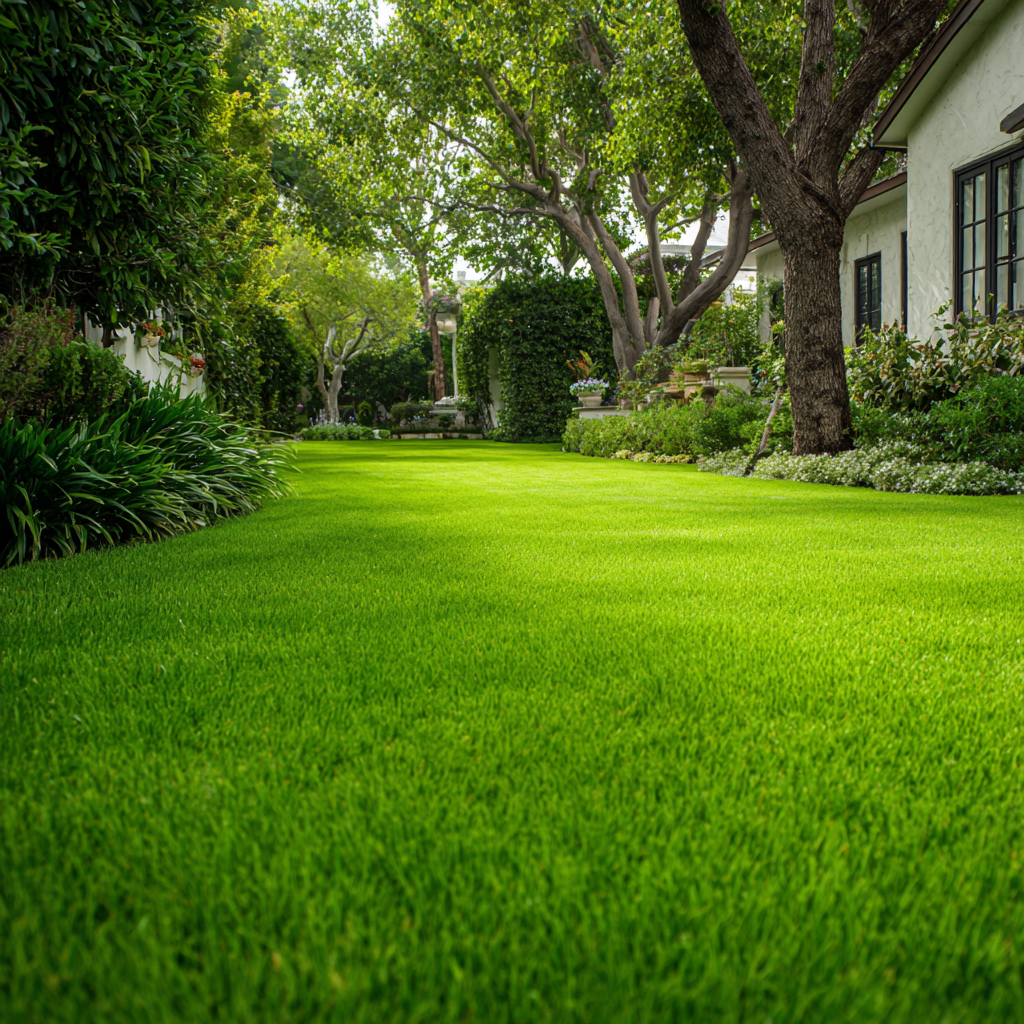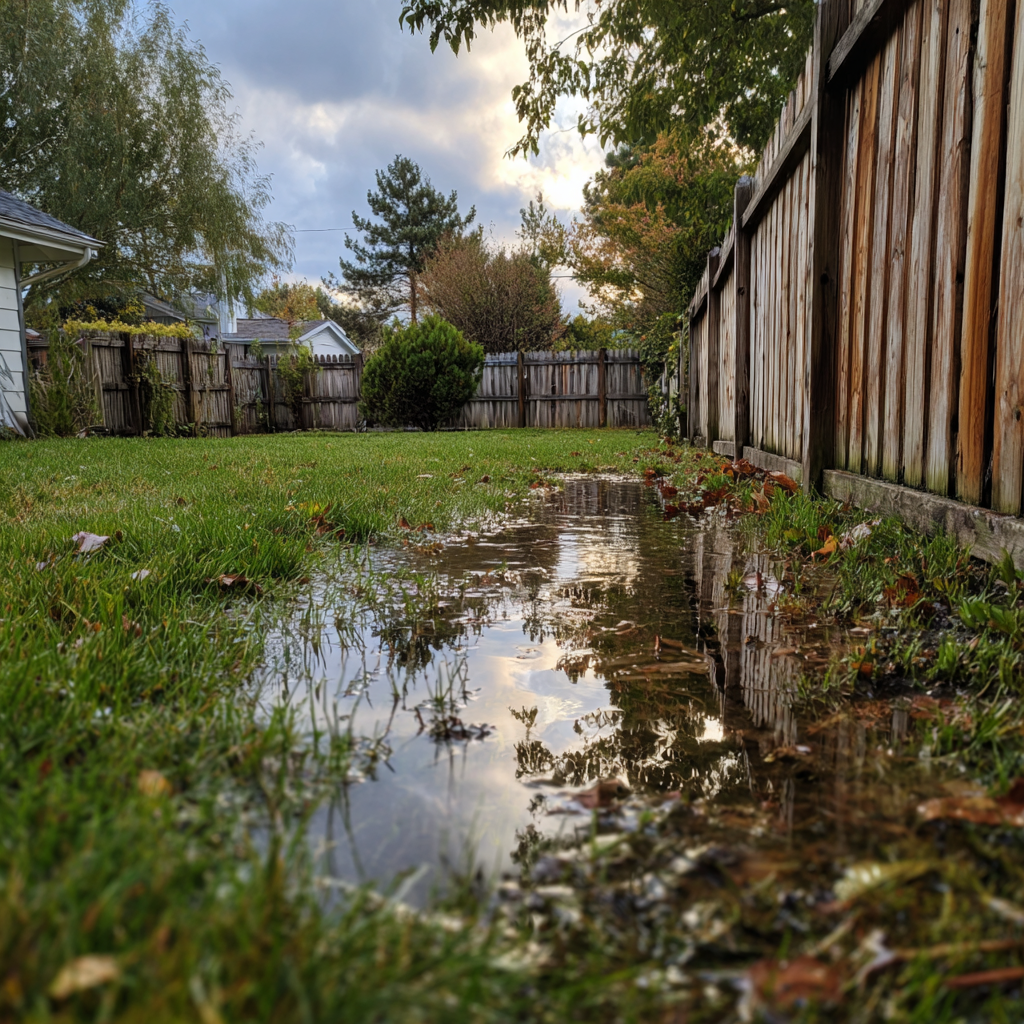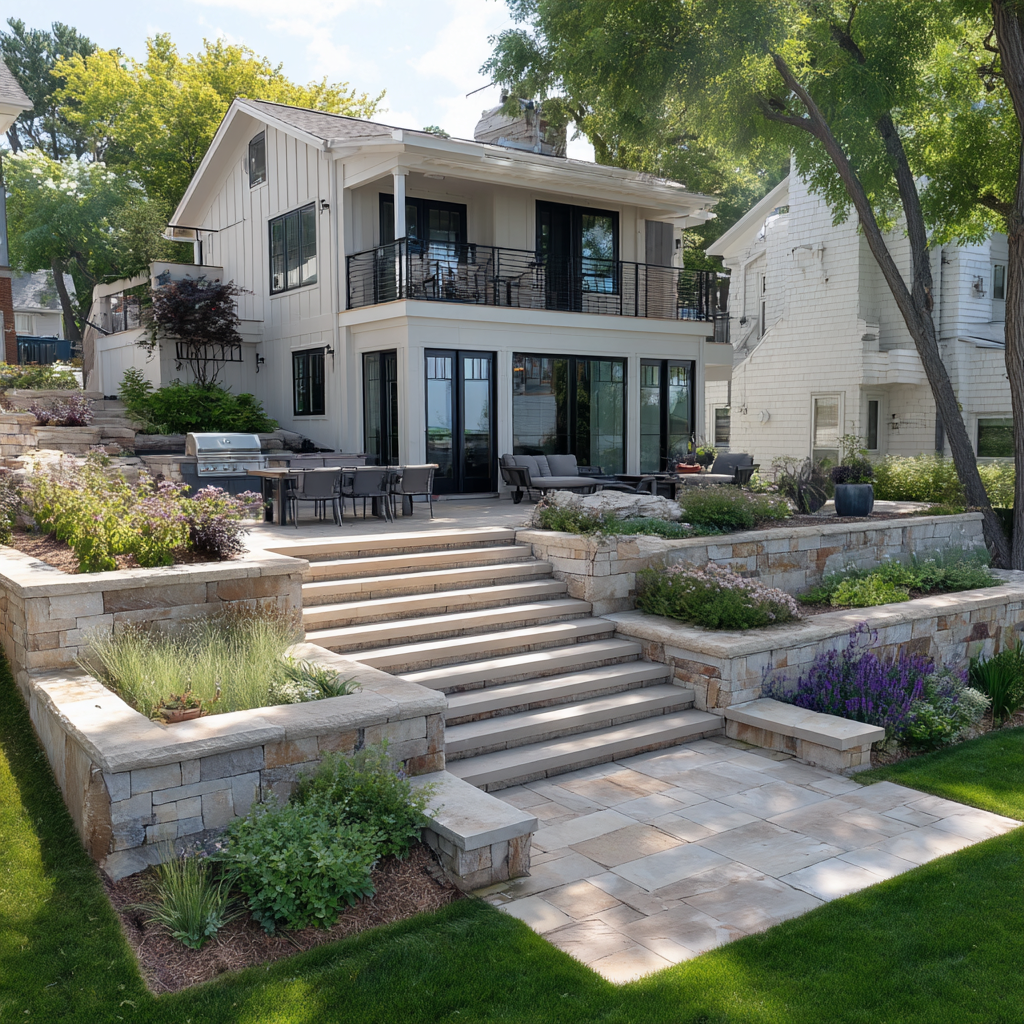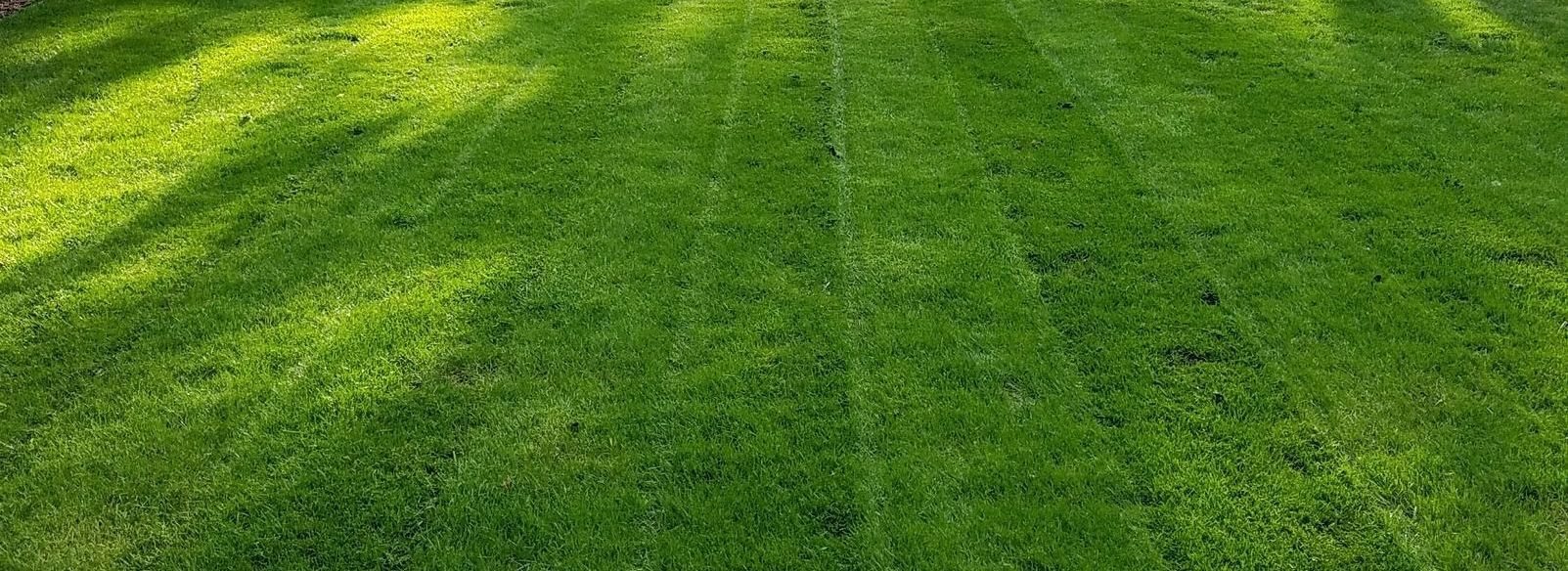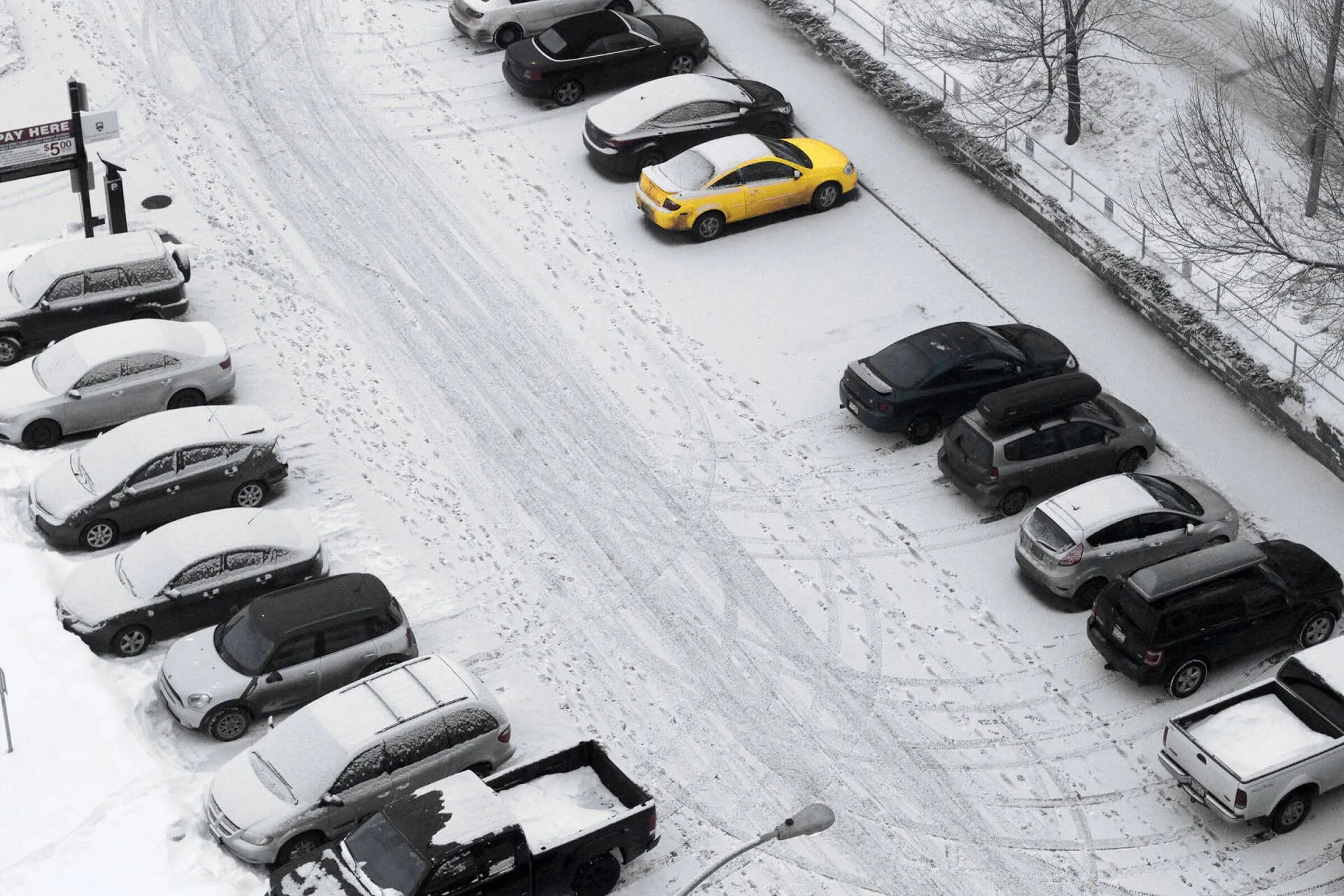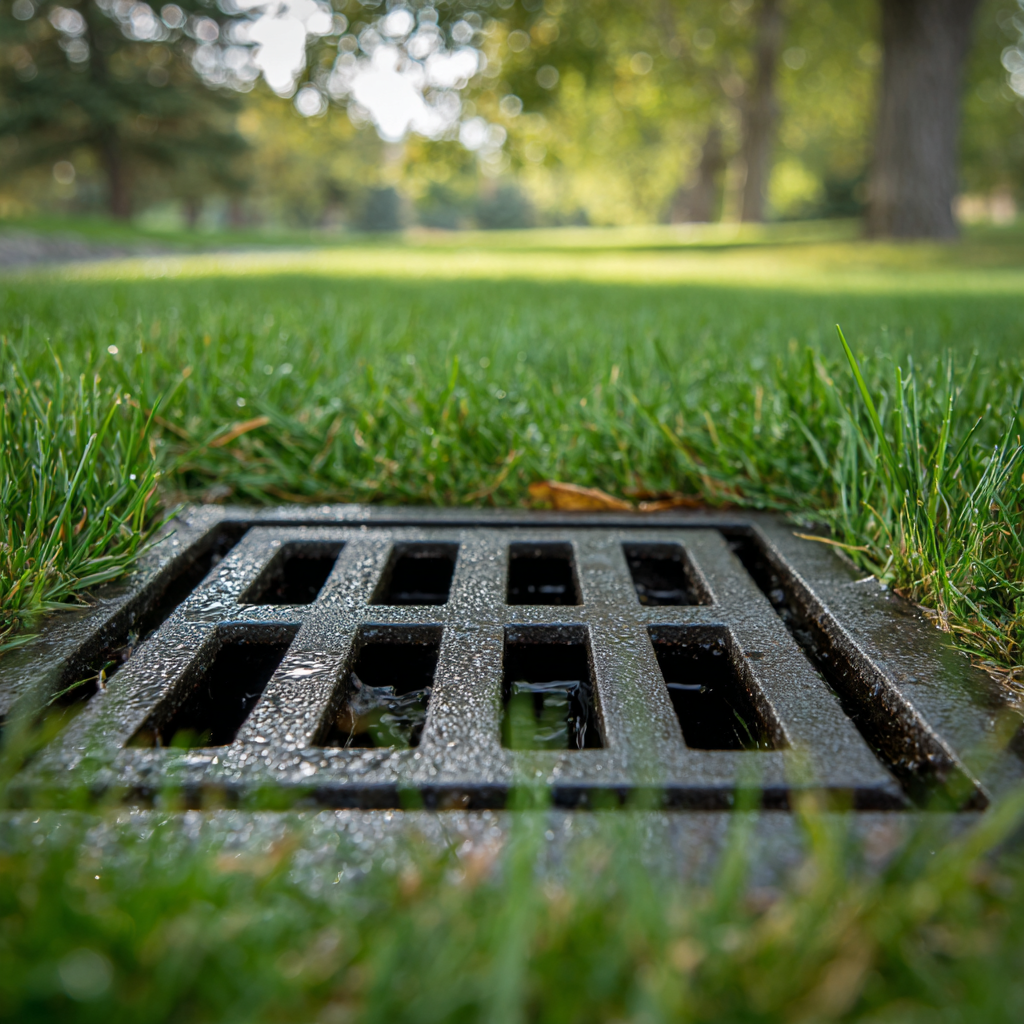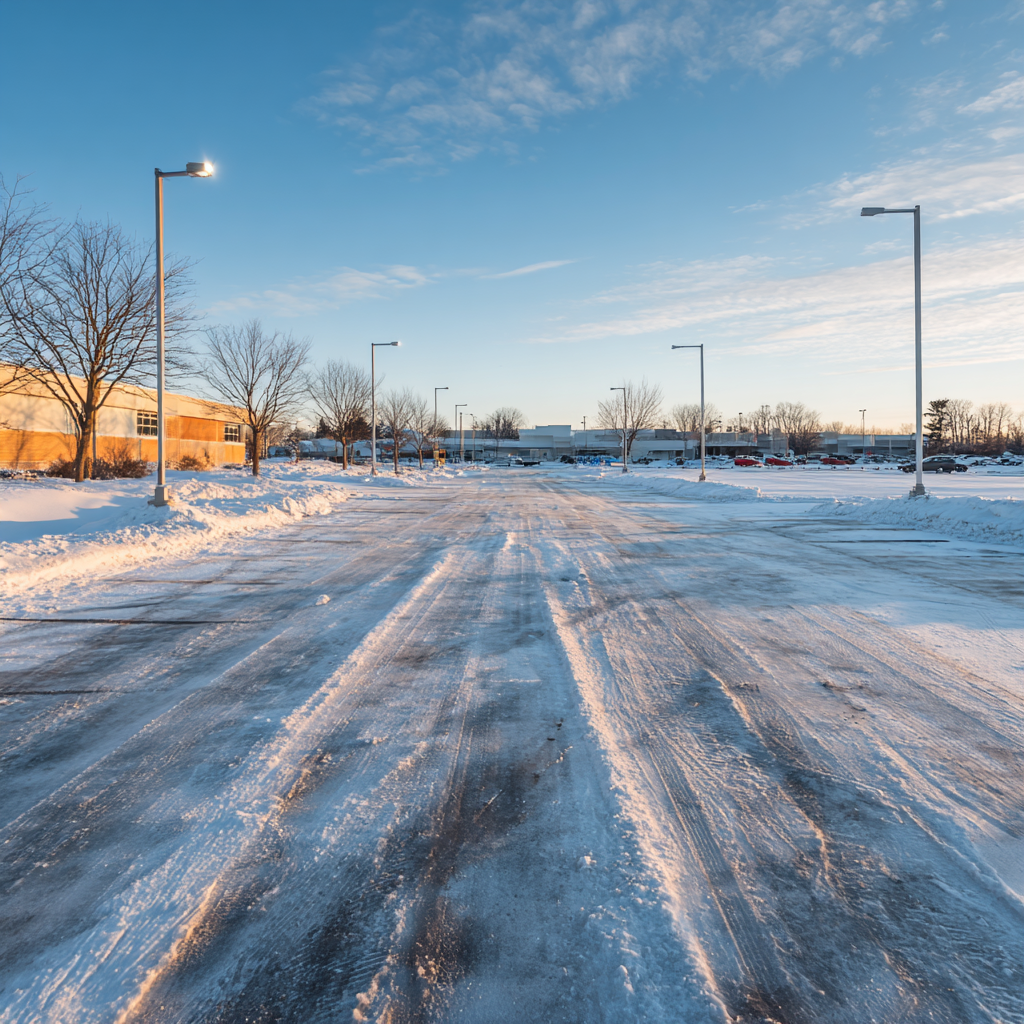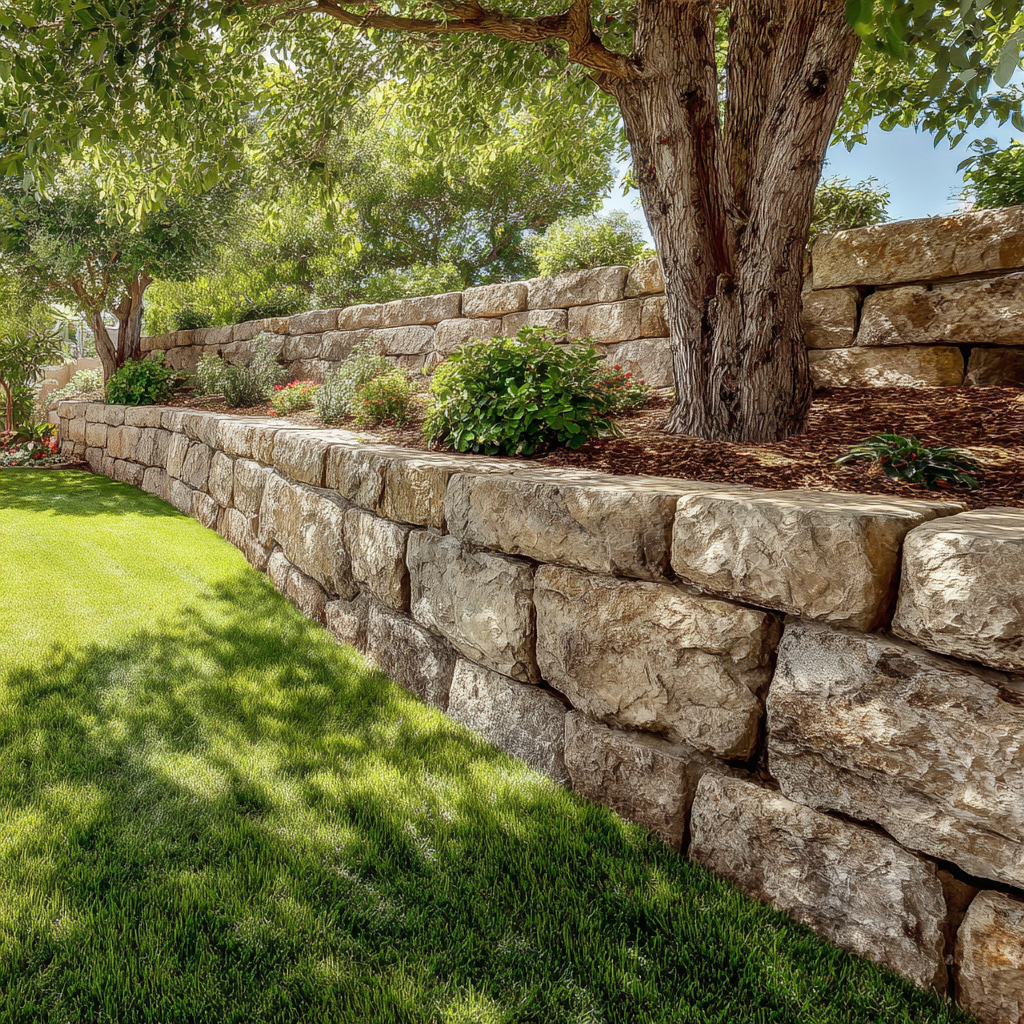By Kent .
•
November 7, 2025
Turn Your Sloped Minnetonka Yard Into Safe Play Space You bought a house in Minnetonka with a yard. You pictured your kids playing outside, having their friends over, spending summer days running around instead of staring at screens. But your yard slopes so much the kids can't actually use it. The swing set you wanted to install? Can't go on a hill. The trampoline? Dangerous on uneven ground. Even just kicking a soccer ball means chasing it downhill into the fence every single time. We've worked with dozens of Minnetonka families dealing with this exact frustration. You stand at your kitchen window watching your kids play in the neighbor's flat yard because yours isn't usable. The slope that looked manageable when you toured the house turned out to mean your kids can't safely play in their own backyard. Here's what we've learned transforming sloped Minnetonka yards into functional play spaces: it's absolutely achievable, and the difference it makes for families is dramatic. We've seen kids who barely went outside suddenly spending hours in their own yard. We've seen neighborhoods change because one family created the flat space where all the kids want to be. And we've seen parents finally get to use the property they're paying for instead of watching it sit empty because of a slope. Why Minnetonka Has So Many Sloped Yards Minnetonka sits on glacial terrain with natural hills and elevation changes throughout the area. When subdivisions were developed, builders worked with these existing slopes rather than completely flattening everything. Many properties have significant grades - sometimes 10, 15, even 20-degree slopes across the backyard. We've graded and built retaining walls on properties throughout Minnetonka for years. The terrain is just naturally hilly. Some neighborhoods have it worse than others, but if you bought in certain areas, you inherited a slope whether you wanted one or not. The good news is that we've solved this problem on every type of slope Minnetonka throws at us. The Real Dangers of Sloped Yards for Kids Before we talk about solutions, let's be clear about why this matters beyond just convenience. We've seen families try to make sloped yards work before calling us to fix it properly. Here's what actually happens when kids play on significant slopes: Runaway Everything Balls, bikes, scooters, toys - anything with wheels becomes a projectile rolling downhill. We've been on properties where every kicked soccer ball ends up in the fence line at the bottom of the slope. Bikes tip over and roll. Even small toys on wheels become problems. Kids spend more time retrieving stuff from the bottom of the hill than actually playing. We've heard from clients about bikes rolling down slopes and damaging landscaping or equipment at the bottom. Once we create flat play areas, those problems disappear. The investment in flat space saves money on replacing things that get damaged and makes the yard actually functional. Kids Losing Balance and Falling Young kids don't have the coordination to navigate slopes safely. Toddlers learning to run pick up speed going downhill and can't control it - they tumble. We've worked with families after kids got injured falling on slopes. Usually not serious, but scary enough that parents stop letting kids play out there. The problem gets worse in wet conditions. Morning dew on sloped grass becomes a slide. After rain, forget it. Creating flat space means kids can play safely in conditions that made the sloped yard unusable. Play Equipment Becomes Hazardous You cannot safely install a swing set on a slope. The manufacturer guidelines specifically say level ground is required. We've seen swing sets on slopes where one side launches kids higher than the other. The landing zones are uneven. Kids bail out of swings and land on downhill slopes, increasing fall distances. Trampolines on grades are even worse. The frame sits unevenly, creating unbalanced bounce patterns. One side is higher than the other. Kids bounce toward the low side. We've seen trampolines on slopes where kids literally cannot use half the jumping surface safely. The families who call us about this are usually trying to install play equipment they've already bought and realizing it can't be done safely on their slope. We create the flat space they need, and suddenly that play equipment sitting in the garage can actually be used the way it was designed. You Can't See Your Kids On sloped properties, when kids go downhill they disappear from view. You're standing at the kitchen window and you can't see them anymore. The slope creates blind spots. We design our grading and wall projects specifically to maintain sight lines from the house because we know parents need to supervise from inside. One of the most common things we hear from clients after we create flat play areas is that they can finally watch their kids play from the kitchen. Parents tell us they're letting their kids play outside more because they can actually see them now. That alone changes how families use their property. Winter Becomes Dangerous Minnesota winters turn sloped yards into uncontrolled ice slides. Kids go outside to play and the slope is a sheet of ice. They can't walk on it safely, let alone play. The yards where we create flat areas become usable year-round - in summer for active play, in winter we've even built spaces specifically for backyard ice rinks that families flood and use all season. What Actually Makes Yard Space Usable for Kids We've built enough of these projects to know exactly what works. Flat ground is non-negotiable for almost every outdoor activity kids want to do. Not slightly sloped. Not "mostly flat." Actually flat, or close enough that play equipment can be installed safely and kids can run without it being a hazard. Minimum Flat Area Requirements Based on projects we've completed throughout Minnetonka, here's what you actually need: For a swing set or basic play structure, you need minimum 20x20 feet of flat space. That gives you room for the equipment plus required fall zones around it. We've created spaces this size on properties where families initially thought it was impossible given their slope. Trampolines need at least 15x15 feet flat, though we recommend bigger if possible. You need clearance around the trampoline, and it needs to sit completely level. We've built dozens of flat areas specifically for trampolines throughout Minnetonka. If you want a sport court or backyard hockey rink - and we've built several of these - you're looking at 30x50 feet minimum, preferably larger. These are some of our favorite projects because they create spaces older kids and teens actually use constantly. We've heard from families that their teenagers are outside for hours every day now that they have functional space, whereas before they were always inside. For general play area where kids can run around, kick balls, play tag, set up goals - you need at least 400-600 square feet of continuous flat space. We've created areas this size and larger throughout Minnetonka on slopes that looked completely unusable before we got there. The Kitchen Window View When we design flat areas, we position them where parents can see from kitchen windows, deck, or main living spaces. We've learned this matters enormously for families with young kids. Parents want to let kids play outside while they're making dinner or working inside. On sloped properties, this often means creating flat space at a specific elevation that maintains visibility from the house. Sometimes that means cutting into the slope at a certain level. Sometimes it means building a wall to create a raised flat area that's visible from inside. We think about this during every design because we know it determines whether families actually use the space we create. Creating Flat Space: Grading Solutions On properties with moderate slopes and enough depth, we can create flat areas just by moving soil around. This is grading work - cutting into the hillside, redistributing that soil, creating level areas where there was slope before. We've graded dozens of Minnetonka yards where this approach worked beautifully. The property had maybe a 10-12 degree slope, enough room to work with, and we brought in equipment to cut and fill. Cut into the high side of the slope, use that soil to fill in the low side, compact everything properly, establish drainage pitch, and you end up with usable flat space. When Grading Works Best This approach works great when you've got moderate slope, enough property depth to work with (usually at least 40-50 feet), and soil conditions that allow for cut and fill work. Minnetonka's clay soils are actually excellent for this - clay compacts well and holds grades once it's properly compacted. We've done grading-only projects that created 30x40 foot flat areas, 25x50 foot areas, even larger depending on the specific property. Grading projects typically take a few days to a week depending on scale, weather, and site access. The equipment we use can maneuver in residential yards without destroying everything. The results speak for themselves. Families call us after grading projects saying their kids are outside constantly now, having friends over, actually using the yard. That's the transformation we're after - taking unusable sloped space and making it functional for family life. Retaining Walls: Creating Dramatic Transformations When slopes are steeper - above 15-20 degrees - or when you don't have much property depth to work with, retaining walls become the solution. This is where we create the most dramatic transformations. Properties that looked completely hopeless become functional play spaces that families use constantly. How Walls Create Usable Space A retaining wall holds back earth, creating a flat terrace. On a sloped property, you build a wall and suddenly you have flat space that would be impossible with the natural grade. We've created flat play areas on properties where the original slope was 20-25 degrees - completely unusable for kids. After the wall and grading, they have flat space for swing sets, sports, whatever they want. The wall does the work of holding back soil that would otherwise slope. Think of it like creating a flat step on a staircase. The wall is the vertical face, and the flat area is where kids play. On properties with severe slopes, we sometimes build multiple walls creating multiple flat terraces at different elevations. Real Transformations We've Built We've built retaining walls throughout Minnetonka specifically to create kids' play spaces. Properties with 20+ degree slopes that were completely unusable. We built walls, created flat areas of various sizes, and transformed those yards into functional spaces. We hear consistently from families after these projects that it completely changed how they use their property. Kids are outside constantly. The play structures are getting used daily. Friends come over to play in their yard instead of everyone going elsewhere. Parents tell us it's the best investment they've made in their home because it made the yard actually usable. We've built backyard hockey rinks on properties where the slope made it seem impossible. In summer they're open space for sports and activities. In winter families flood them for skating. The teenagers are out there skating regularly. Before we created those flat spaces, the backyards sat unused year-round. Now they're neighborhood gathering spots. Sport courts are popular projects. We've created flat areas large enough for basketball, street hockey, and general sports on properties that had significant slopes. Those courts get used daily. The investment in creating that space pays off in how much the kids use it. Why Walls Work So Well Retaining walls let us create flat space on slopes where grading alone wouldn't be practical. They're permanent, durable structures that last decades when built properly. We've built walls throughout Minnetonka that are many years old and still performing perfectly. The walls themselves become features in the landscape. We've built walls with sitting caps where families can watch kids play. We've integrated lighting into walls for evening use. We've created walls that define spaces and make yards more functional beyond just the flat area they create. Materials That Last Segmental block walls are common in our projects. These are engineered concrete blocks designed for retaining wall applications. They're durable, available in various colors and textures, and hold up beautifully in Minnesota's climate. We've built segmental block walls that have been in place for many years and still look great. Natural stone walls have a more traditional appearance and work well in certain landscape designs. Some homeowners prefer the aesthetic. We've built stone walls throughout Minnetonka on properties where appearance was a priority. The material choice affects cost, appearance, and longevity. We discuss options during planning based on budget, aesthetic preferences, and what you're trying to accomplish. Proper Drainage Is Non-Negotiable Every retaining wall we build includes proper drainage. This means perforated pipe in gravel backfill behind the wall, wrapped in filter fabric, sloped to drain water away. We also include weep holes through the wall face at regular intervals. Water management behind retaining walls is critical. Water builds up behind walls from rainfall, from uphill drainage, from seasonal groundwater. If that water can't escape, pressure builds and the wall fails. We've been called to repair walls built by others where drainage was inadequate or nonexistent. Proper drainage from the start prevents these problems and ensures walls last for decades. Multiple Tiers for Severe Slopes On properties with very steep slopes, we sometimes design multi-tier systems. Multiple walls at different elevations, creating multiple flat zones. We've built properties where the upper tier has the play structure and flat lawn area, and a lower tier has a fire pit and seating area. Both are usable spaces, just at different levels connected by steps. Multi-tier designs maximize usable space on properties where a single tier wouldn't create enough flat area to be functional. They require more planning and investment but create multiple functional zones that families use in different ways. Combining Grading and Walls Most projects we do involve both grading and retaining walls working together. We build a wall to create a flat tier and then grade within that tier to maximize usable space and establish proper drainage. The wall does the heavy lifting of creating the tier, and the grading optimizes the space we've created. We've done projects where one wall created substantial flat areas. We've done projects where multiple walls created different zones. Every property is different, and we figure out what's going to work best for that specific situation.
